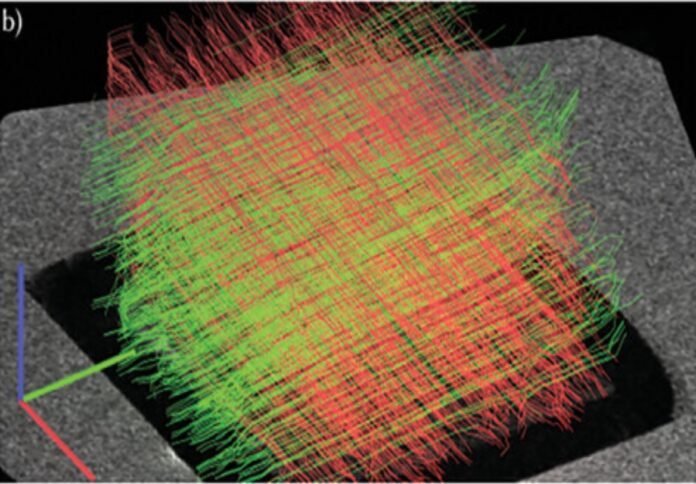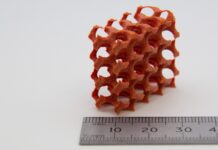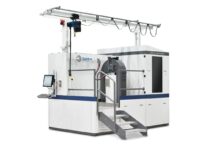
A groundbreaking collaboration between the Medical University of Vienna (MedUni Vienna) and TU Wien has led to the creation of the world’s first 3D-printed ‘brain phantom’, revolutionising neuroimaging techniques.
Modelled on the intricate structure of brain fibres, this innovative phantom can be imaged using a specialized variant of magnetic resonance imaging (MRI), known as diffusion-weighted MRI (dMRI).
The development, published in the journal Advanced Materials Technologies, aims to advance research into neurodegenerative diseases such as Alzheimer’s, Parkinson’s, and multiple sclerosis.
MRI is a non-invasive imaging technique used to study the brain’s structure and function without exposure to ionizing radiation.
In dMRI, a specialized form of MRI, researchers can determine the direction of nerve fibres within the brain.
However, accurately discerning nerve fibre direction at the points where nerve bundles intersect has posed a significant challenge.
To address this issue and enhance analysis and evaluation methods, an international team embarked on developing a ‘brain phantom’ using high-resolution 3D printing technology.
This collaborative effort brought together MRI experts from the Medical University of Vienna and 3D printing specialists from TU Wien, in conjunction with researchers from the University of Zurich and the University Medical Centre Hamburg-Eppendorf.
The brain phantom, produced utilizing advanced 3D printing techniques, features microchannels within a cube structure, mimicking the intricate network of nerve cells in the brain.
These microchannels, filled with water, replicate individual cranial nerves with diameters five times thinner than human hair.
Lead authors Michael Woletz from MedUni Vienna and Franziska Chalupa-Gantner from TU Wien’s 3D Printing and Biofabrication research group utilized two-photon polymerization, a high-resolution printing method typically employed for microstructures in the nanometer and micrometre range.
By scaling up the 3D printing process, researchers successfully created phantoms suitable for dMRI, enabling the visualization of various nerve structures with unprecedented clarity.
According to Woletz, the brain phantom serves as a critical tool for enhancing dMRI analysis software, akin to improving image quality in photography through software enhancements.
The phantom’s faithful reproduction of characteristic nerve structures facilitates precise calibration of dMRI analysis software, leading to improved data quality and more accurate reconstruction of the brain’s neural architecture.
Despite the significant strides achieved, the research team faces challenges in scaling up the printing process to produce larger objects efficiently.
Chalupa-Gantner emphasised the need to optimize the printing process to meet the demand for complex designs while enhancing printing efficiency.

















